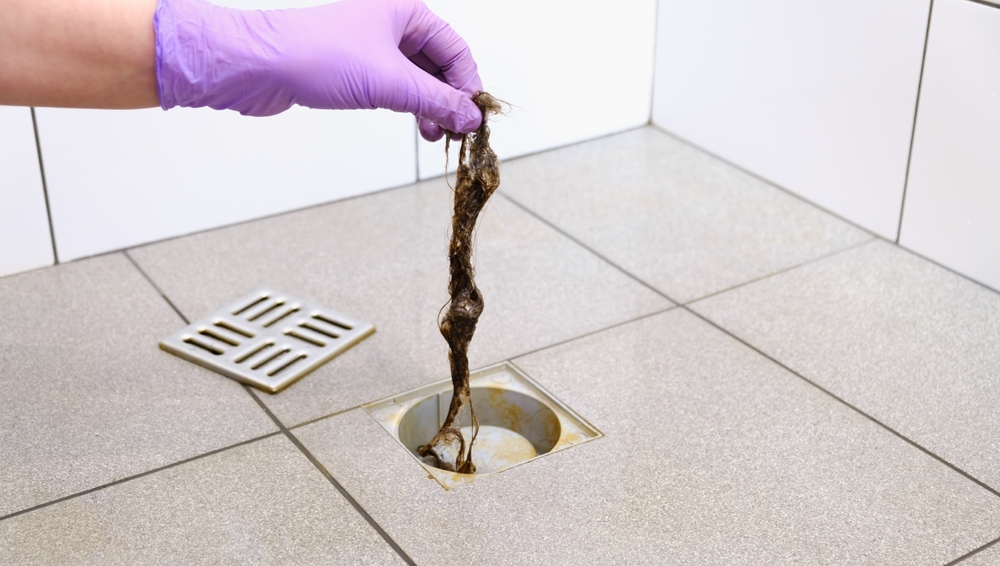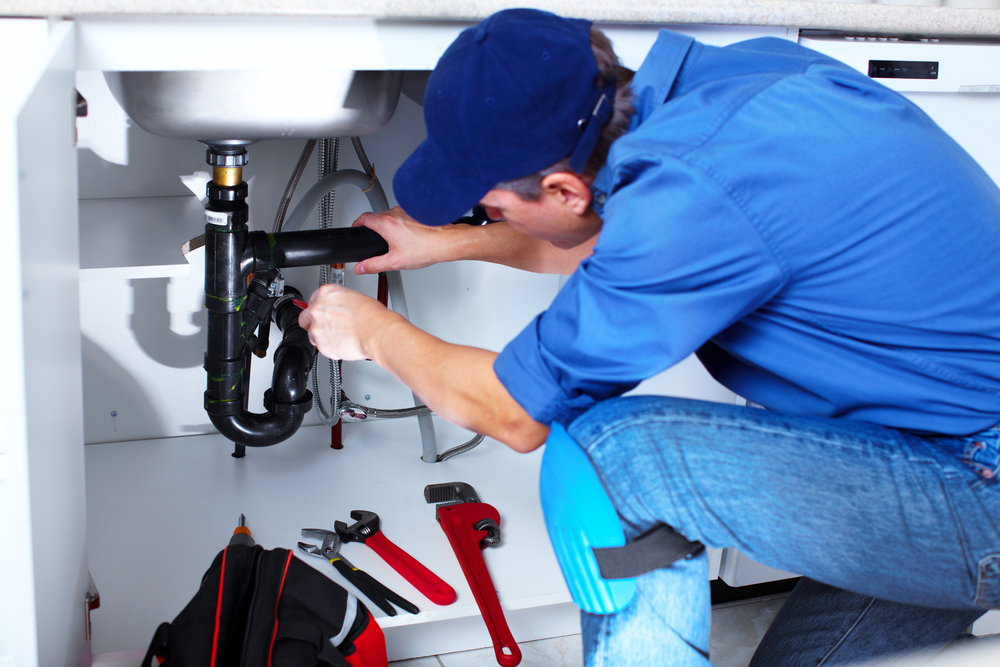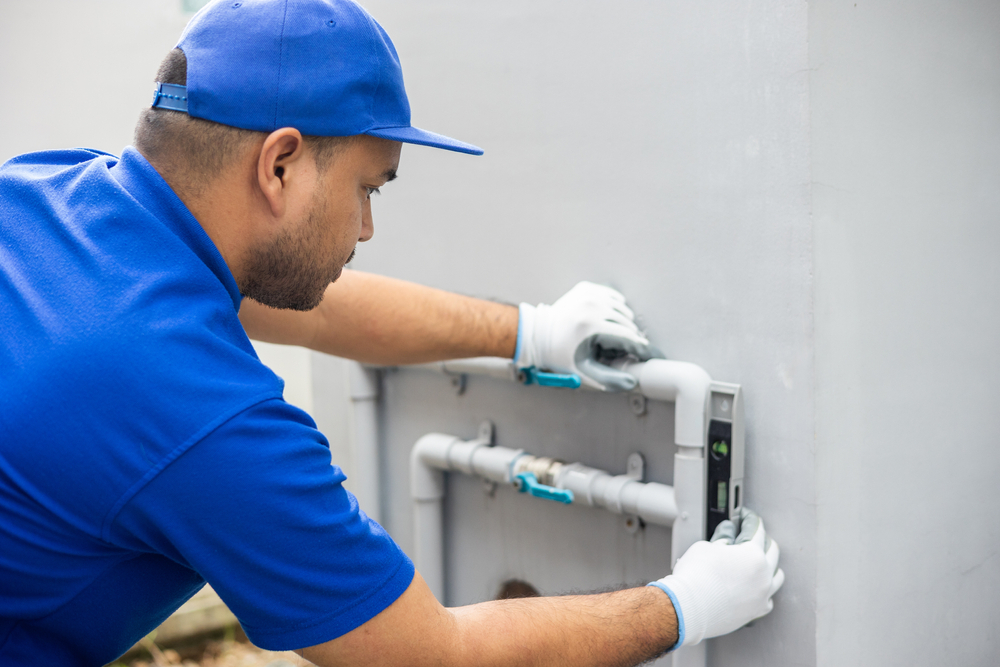Leak Detection and Pipe Leak Repair
Even the smallest leaks in your pipes, like tiny hairline fractures, can escalate into a frustrating and expensive problem if left unattended. Aside from the evident issue of water damage, ignoring pipe leaks allows them to worsen over time.
Whether you’re dealing with water pouring from your ceiling, a leaking bathroom pipe, or a newfound drip, Plumbing Services CA is prepared to inspect for water leaks in your residential or commercial property. Our team of plumbing technicians is on standby across California, ready to assist you whenever you require it, day or night, 24/7. Count on us as your trusted experts for leak detection in Los Angeles, CA.
Where Leaks Come From
Water leaks can occur due to various reasons. With a substantial amount of hot, pressurized water flowing through your pipes daily, it’s inevitable that over time, the walls and joints of your pipes may start to erode or be cut through. Despite being designed to withstand such conditions, the continuous flow of water can take its toll. Additionally, factors like rust, corrosion, and clogs can contribute to the development of leaks in your plumbing system.
Pipe Joints
The majority of water leaks tend to occur near or within pipe joints, particularly where one pipe connects to another. As water traverses through these joints within the plumbing system, it undergoes turbulence, swirling and squeezing as it transitions from one pipe to another. This heightened turbulence accelerates the wearing down of the pipe walls surrounding the joint.
Furthermore, the adhesive used to secure PVC pipes together or the soldering applied to copper pipe joints may gradually weaken or corrode over time. It’s advisable to periodically inspect pipe connections to ensure the integrity of your plumbing system and address any issues promptly.
Hard Water
The condition of your pipes is influenced by the characteristics of the water within your plumbing system. For instance, if your residence receives hard water, which contains high mineral concentrations, it can expedite the degradation of pipe walls. Alkaline minerals present in hard water can accumulate and contribute to the formation of obstructions within the pipes.
Moreover, the pH level of your water can impact corrosion. Water with a slightly acidic pH can erode the inner lining of the pipes over time, diminishing their strength and rendering them more prone to deterioration and harm. Therefore, understanding the composition of your water is crucial for assessing its potential effects on your plumbing infrastructure.
Water Pressure
The greater the water pressure within your plumbing system, the more forcefully it will flow through the pipes. This increased velocity subjects the interior surfaces of the pipes to greater abrasion and wear. Gradually, this abrasion can lead to the development of tiny hairline fractures within the pipe walls due to the constant force exerted by the flowing water.
As water courses through these weakened sections of the pipe, the pressure within the closed system can cause water to be drawn out through the hairline fractures, resulting in leaks. If you suspect a leak may be present in your plumbing system, it’s essential not to delay in seeking assistance from a professional plumber. Addressing leaks promptly can help prevent further damage and mitigate potential water-related issues in your property.
How to Detect a Water Leak in Your Home
To confirm the presence of a leak, assess any of these potential causes and follow the steps outlined below.
Increased Water Bills
If your water bill has increased in the past month or two without a corresponding change in your water usage, it could be a sign of a leak. All the excess water you’re being billed for must be escaping somewhere.
Check your Water Meter
First, ensure that no one in your household is using any water. Inform your family or housemates to refrain from showering, flushing toilets, or using any sinks.
Locate your water meter, typically situated outside near the front of your house in a covered box. The appearance of the leak indicator will vary depending on the brand, but there should be a dial or indicator that moves when water is being consumed. If you observe movement on the dial despite no water usage, it’s likely that you have a leak.
To verify, record the numbers displayed on the meter. Then, wait for half an hour without any water usage. After the designated time, check the meter again. If the reading has changed from the initial number you recorded, it strongly indicates a leak somewhere in your plumbing system.
Find the Source of Your Water Leak
Once you’ve confirmed the presence of a leak, narrow down whether it’s inside or outside your home. Locate your home’s main shut-off valve and turn off the water supply. Then, recheck the meter. If the dial ceases to move, it indicates that the leak stopped upon shutting off the water, suggesting the leak is inside your house.
However, if the dial continues to move or there’s a change in the meter readings despite the water being shut off, the leak likely originates from pipes outside your house. Now that you’ve determined the location of the leak, inside or outside, you can proceed to identify its exact source.
Indoor Pipe or Toilet Leak
Begin by turning off the water supply once again. Starting from the lowest level of your house, systematically inspect every pipe, listening attentively for any dripping sounds. Remember that the source of the leak could be hidden within your walls.
Next, check your toilets by removing the tank’s cover and listening for any unusual noises. Alternatively, drop food coloring into the toilet tank. If the food coloring appears in the toilet bowl after an hour, it indicates a leak. You can also turn off the water supply at the base of the toilet, record the water level inside the tank, wait an hour, and then check if the water level remains the same. If the water level drops, there’s likely a leak in the flapper or flush valve. If the water level remains unchanged but you suspect a leak, it could be originating from the toilet’s refill valve or float. Remember, toilet leaks are fixable, so there’s no need to panic.
How to Find Outside Water Leaks
If you suspect that the leak is outside your home, begin by inspecting each of your exterior spigots. Listen carefully for any signs of running water or dripping. If you have a swimming pool, thoroughly check all components, including the pipes, lining, and pump, for any signs of leaks.
If you believe the leak may be underground, possibly in your service line or irrigation system, venture out into your yard. Look for areas with muddy or soft patches, or spots where the grass appears greener than the surrounding areas. These could indicate the presence of an underground leak. If you’re uncertain, it’s best to consult a professional plumber who can accurately assess whether you have an underground leak.
Home Leak Repair from Plumbing Services CA
If you’re dealing with a water leak in Los Angeles or Orange County, don’t hesitate to contact Plumbing Services CA 24/7. We have a team of certified plumbers ready to assist you at any time. Our plumbers are equipped with all the necessary tools to repair your leak efficiently and effectively.
Our technicians specialize in locating and stopping water leaks in both residential and commercial properties. Additionally, they will conduct a thorough inspection of your entire plumbing system to identify any underlying issues that may be contributing to the leaks. Trust Plumbing Services CA to handle your water leak problems with professionalism and expertise.
Schedule with Plumbing Services CA today for all your California plumbing leak detection needs and concerns.
Ready to Get Started?
SCHEDULE SAME DAY SERVICE!



